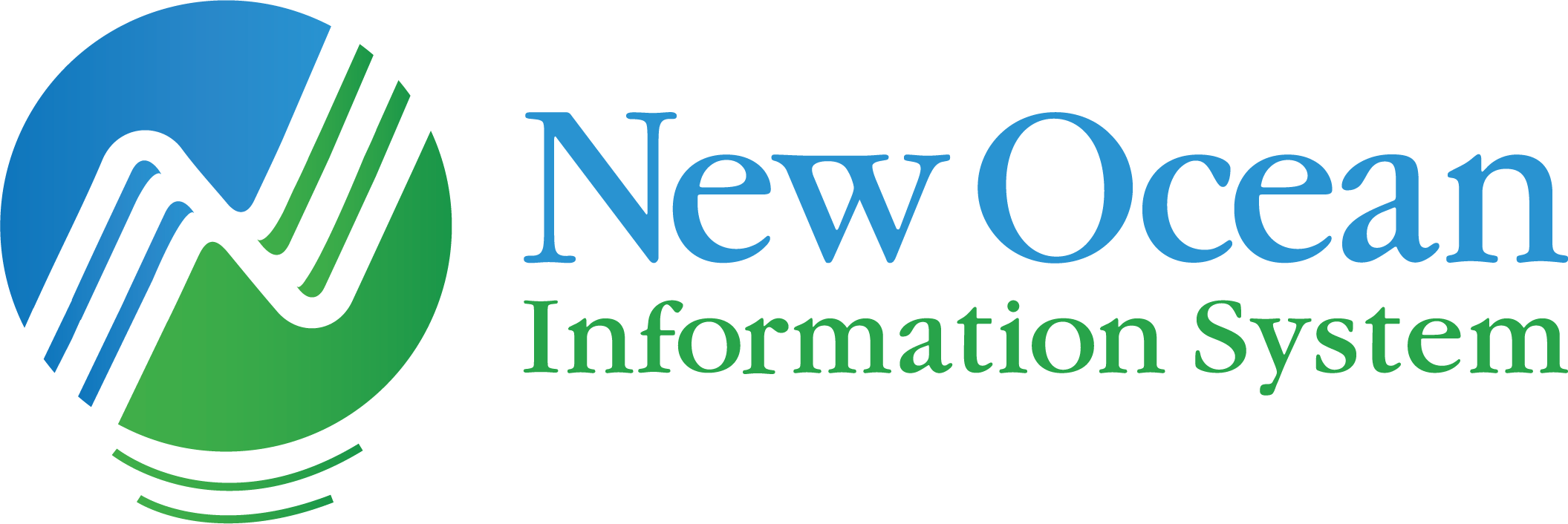Garment industry
- Home
- Garment industry
⭐ FASF and the Garment industry
5/5
🛡 General introduction
Human needs are cyclical and tend to be constantly evolving. However, no matter how it changes, “eating well, wearing warm” or “eating well and wearing nice clothes”, “eating” and “clothing” are still the two most basic, inalienable human needs. That is also the answer to the question “why are the F&B industry and the garment industry so developed now?”. In today’s article, we will learn more specifically about the garment industry. The position of the garment industry in Vietnam’s economy as well as the difficulties and challenges that the industry has been and will continue to face.
🛡 How does the garment industry in Vietnam work?
The famous online newspaper VNExpress once affirmed the development of the country’s garment industry with an article in August 2021 “Vietnam becomes the second-largest garment exporter in the world”. Tested by the World Trade Organization (WTO), the development of Vietnam’s garment industry has surpassed the national territory, creating a certain position in the international market. Excellently leading Bangladesh with an impressive $29 billion in 2020, currently, Vietnam is in second place and just behind China.
The main products of the garment industry can be mentioned as ready-made clothes, knitted clothes, fabrics, … Meet the production in large quantities and ensure good quality, long pants products. , shorts, shirts, t-shirts… not only serve domestic demand but also meet export standards to neighboring markets such as the US, Japan, or the EU.
Not only apparel, including all related business units in the textile industry, taking 2016 as the base, but the country also has more than 442,485 enterprises. Advocating in the context of constant transformation over the past 5 years and after 2 years since the Covid 19 epidemic broke out strongly in 2019, the correlation of the number of businesses has had a big change.
🛡 These difficulties that disciplines may default to encounter
The difficulties brought by the Covid-19 epidemic are common difficulties that the entire economy is affected, and of course, the garment industry. In addition to new difficulties, the garment industry still has existing problems and challenges. The development of modern technology and digital transformation is the “golden time” to open the door of new economic integration, change the way of manual work with the application of modern technology.
The production process of garment products can be summarized as follows:
⭕ Prepare materials: Cotton, Polyester -> Yarn -> Textile dyeing
⭕ Make a diagram, design a pattern
⭕ Spread and cut fabric
⭕ Sewing finished products
⭕ Finishing the product
⭕ Distribution
In the following, we will “name” the difficulties that have existed in garment enterprises for many years but have not yet found a suitable solution.
🛡 Difficulties in inventory management
Depending on the size of the business and its facilities, the number of warehouses will be different. However, it still has to meet all the functions: general warehouse, warehouse for raw materials, warehouse for products,… The number of warehouses can be up to a few dozen or a few hundred, fluctuating in a very large area. . The management of information and goods stored in the warehouse will be very difficult if you follow the manual management process.
⭕ Warehouse parameters: size, area, capacity, facilities inside the warehouse
⭕ The quantity of new materials imported in batches is very large
⭕The number of finished products being moved to the warehouse waiting for the date of the order is also very large
In the traditional way of working, all these items will be tracked by forms, checklists, papers, handwritten documents, and then the data is pushed to an Excel file.

Difficulty in material control

Similar to warehouse problems, to prepare for a new production batch, depending on the business form of the company, the amount of imported materials is very large. This number can be up to hundreds, thousands of tons, and diverse materials.
⭕ Process of inventorying the number of inputs
⭕ The process of checking out the warehouse and going into production
⭕ Control the number of leftovers
⭕ Shortage inventory (if any)
Warehouse managers and warehouse employees must deal with these metrics issues manually. And you know, handwritten papers and Excel data files.
🛡 Difficulty in the process of maintaining and maintaining machinery

To produce the finished clothes that you still use every day, the production process goes through a series of steps with a huge number of machines working. Some of the specialized machines include the following:
⭕ Yarn preparation machines, carding machines, combing machines, sliver draw machines, spinning machines… (in case the enterprise produces raw materials by itself, not imported)
⭕ Machinery used in the textile dyeing process
⭕ Units with economic potential will choose sewing machines according to the multi-step integrated automation process.
⭕ Sewing machine
⭕ Fabric cutting machine
⭕ Die stamping machine
The number of machines of each type, used in each stage, varies greatly. The management of locomotives, checking technical parameters (whether the machine is operating at full capacity, average output, downtime, warranty period…) is really a big challenge not only for employees. maintenance of machines but also for the whole business. The data problems of operating machinery almost require absolute accuracy. Entering data manually and storing it in Excel is always dangerous.
🛡 Summary:
Most of the problems, difficulties, and challenges lie in the management stage.
⭕ The amount is too “big”.
⭕ Human strength and physical strength are limited.
⭕ Expensive for stationery materials, pens, papers, ink, payment for data entry staff, storage space.
⭕ Visual comparison will be difficult because you need time to find the old data files again.
⭕ Errors on the part of input people, low accuracy affect production information. Serious errors can cause losses for the company.
⭕ Difficult for managers to work with real numbers.
⭕ The difficulty for the process of general management, grasping and seeing business problems.
While many businesses are still struggling to find a way out of the rut, why don’t we seize the available opportunities? The problem can be completely solved if businesses know how to take advantage and intelligently apply modern technology and digital transformation.
⭐ NOIS with Factory Smart Forms & Checklists
New Ocean Information System (New Ocean IS – NOIS) with more than 11 years of operation and experienced staff is a unit that always quickly grasps new technology trends. NOIS brings the development of technology and digital transformation into the manufacturing sectors intelligently, in the right place, and at the right job. Famous with more than 70+ partners who are famous brands such as Vinamilk, Dutch LaDy, Amway, Nestle, P&G, HTL… NOIS has affirmed its position in providing solution packages to support optimal business management. . New Ocean Information System’s successful projects include Supply Chain, Traceability, Warehouse Management…
Not stopping there, along with the development of technology and market fluctuations, NOIS is always at the forefront of trends, researching, developing, and launching new business support solutions. That is Factory Smart Forms & Checklists (FASF) – Electronic forms, the “extended arms of businesses”. Factory Smart Forms & Checklists takes your business to new heights:
✅ Digitization: Eliminate manual paperwork and documents. You will no longer need to write and manually enter the number of input materials or output goods. Information will be stored directly on the FASF. According to the traditional working method, after collecting information, the data will be stored with papers, vouchers, or Excel files… The data entry process has many potential risks of erroneous information due to human-caused errors. mistake. Using Factory Smart Forms & Checklists throughout the production management process will minimize the possibility of mistakes.


✅ Saving business resources: The cost for stationery such as paper, pens, ink, staples… for the recording and data entry process is huge. In addition, there are costs to pay for data entry staff and storage space. Using FASF will help businesses save these costs. The most important thing towards the end here is saving time and reducing workload.
✅ Improve work quality and efficiency: Routine work process, problem reporting goes through many stages, is time-consuming, and sometimes “sorry” is inaccurate. The daily workload of operators, managers, and operators are huge. Using FASF eliminates a large amount of unnecessary workload and saves 80% to 90% of the time for operators, approvers, managers, and operators…
✅ Real-time data: With traditional working methods, data information is prone to “rotation”, after entering data, in fact, production has new parameters. FASF helps operators update information quickly and accurately. At the same time, you can access the data you need on a real-time basis to help you get things done quickly or make important decisions urgently.
✅ Data analysis: From the data shown on the FASF table, you can use the available data to compare the production capacity of this batch of clothing compared to the previous quarter, visualize, analyze the pros and cons, points that can be done, points that can’t be done in the production process. From there, make plans to improve the production process towards optimal efficiency in business activities.
✅ Easy access: The operator easily assigns access rights to the operator or related staff at the beginning of the job to properly access the required data field. Ensure information security processes, data control operators and related checklists.
✅ Server Unification: All data and checklists will be saved on a certain server. You can search for information fields according to your needs such as date, month, data type, sender… The stability and accuracy are almost absolute.
✅ Remote management: No need to go directly to the factory, you just need to sit at the office with a phone or computer to access FASF to monitor production operations. Any time and place, the operator can grasp the work progress. Reports are updated daily, weekly, and monthly.
✅ Overall management: From the operator’s perspective, the processes, stages, and production data are clearly and scientifically shown on the Factory Smart Forms & Checklists user interface. This helps managers and operators to visually observe the overall view and have better control.
⭐ Conclude
As a rule of competition; absorbed, changed, and applied or eliminated from the market. However, it should be remembered that this process should be done intelligently and aggressively. Things won’t make sense if you apply the wrong way and the wrong target. Predicting technology is the post-Covid19 direction that businesses are aiming for. Instead of seeing this as a difficulty and a challenge, look at the problem from the perspective of an opportunity. The fastest person will be the winner, not only FASF but also any technology solution, let’s make it “your own solution”.

